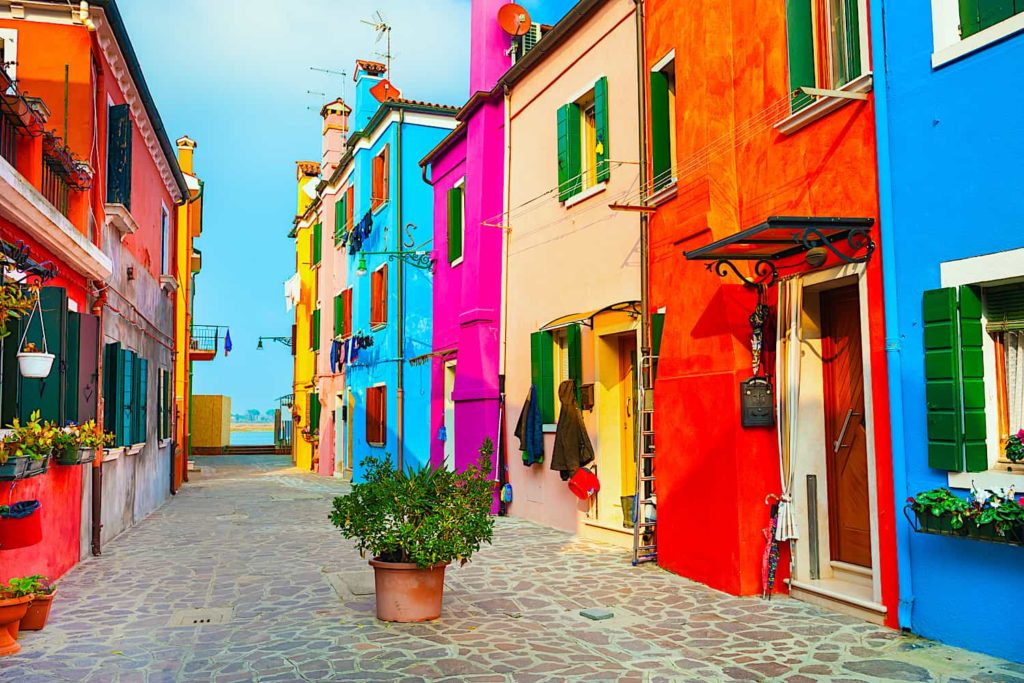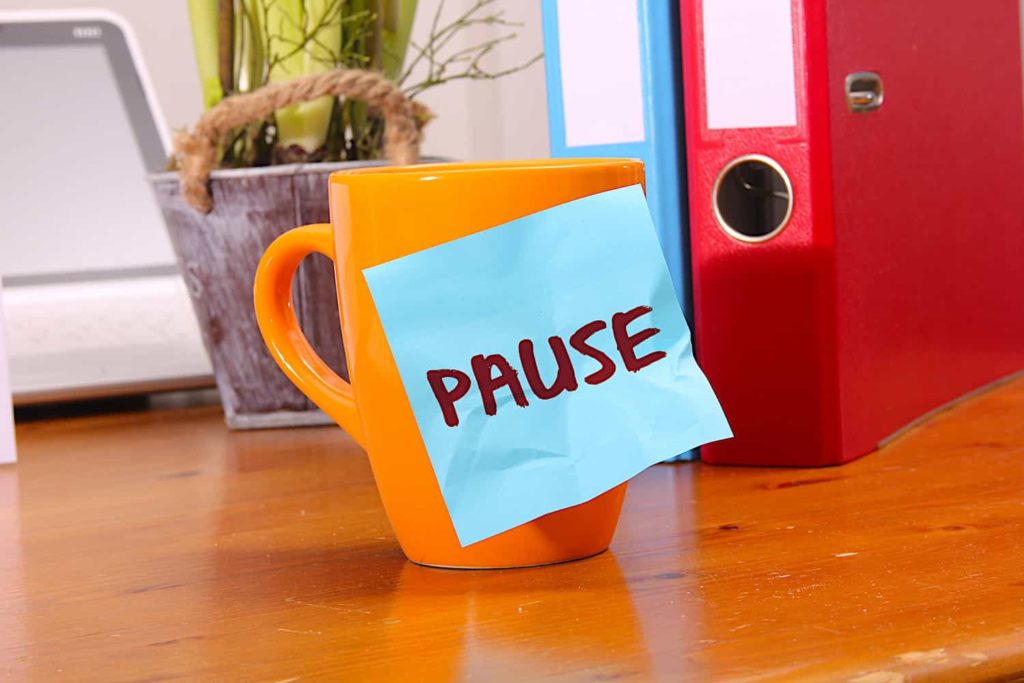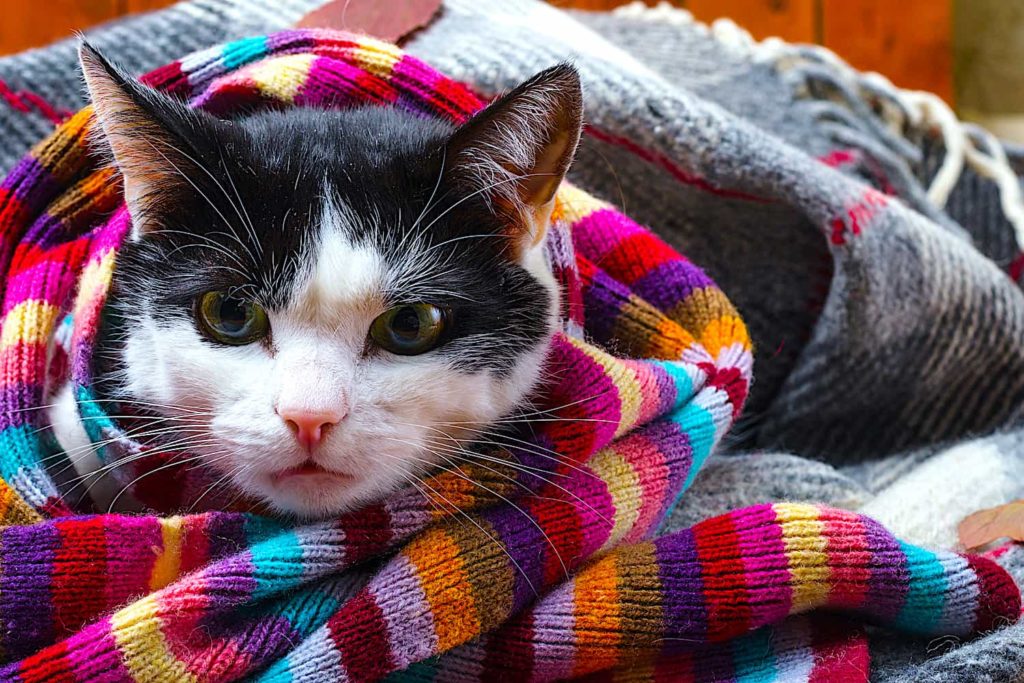
Being Home, Getting Distance, and Creating in the Balance
The question of what it means to feel “at home” has been on my mind lately. Last year, my family moved from one region of the country to another. Our new residence doesn’t quite feel like home yet, but I know that the process often takes time. I have also recently visited several places that I have called home in the past. Some of them still feel like home, while others have lost that homey feeling.
What exactly is home? Is it a feeling or a place? Is it a person, a group, or a community? Is it material comfort? Is it a time in our past? Is it something we long to create in our future?
It turns out that our answers to these questions affect our experiences of creativity. How we go about creating a feeling of home, as well as its opposite, may aid us in enhancing our imagination.
Distance and Creativity
One commonly accepted theory in the study of creativity is that “getting distance” enhances imaginative ability. There are many aspects to this idea, but a few examples may help illustrate the main point.
If you have a problem, getting some distance from it (whether it be physical or merely psychological) can help you come up with creative solutions. In the world of the arts, many creators have emphasized the importance of breaking free of ruts, separating from old habits, or simply getting away from one’s usual haunts in order to jumpstart creativity. In the academic world, this is all part of the justification for sabbaticals. Time “away” provides the distance required for the creativity of large scholarly projects.

It is now part of popular wisdom and scholarly discourse that “getting distance” provides perspective and improves creativity.
In this model of creative distancing, what exactly are we getting distance from? The more I ponder the issue, the more I think that the answer may be connected to our feelings about home.
Opposite of Home
When I first read about the idea of creative distancing, it inherently made sense to me. I already knew that when I was stuck in my routines, I tended to be less creative. I knew I needed to be coaxed out of my habitual ways of thinking. Sometimes I needed a vacation and sometimes it was enough to do something just a little bit differently. Increasing my creativity by getting out of my comfort zone made perfect sense to me.
Then my world turned topsy-turvy.
My career took an exciting but hectic turn. I found myself suddenly traveling several times a month. When I was in the city where I lived, I was hardly ever at my house. Work kept me away, and because of conflicting schedules, I rarely saw my family. What used to feel like home became a place where I slept and repacked my suitcase.

I was nearly always physically and psychologically distant, and yet my creativity did not increase. Why wasn’t creative distancing working for me?
The answer came in the form of a pandemic.
Cabin Fever
The COVID 19 pandemic hit my corner of the world in March of 2020. All of sudden, my professional and personal travel came to a screeching halt. My husband and I began to work remotely and were home together all the time. We hadn’t sought out a pet, but one came to us. Except for occasional trips to the grocery store and walks around the neighborhood, my little family was almost never away from our house.

Home was where we were… always… for 16 months in a row.
According to the theory, I should have been very uncreative during this time, as it was difficult to achieve much distance of any kind.
And yet I was more creative during those 16 months than I had been in the previous two years of hectic schedules and frequent travel.
Roaming and Homing
It’s not that I believe the theory of creative distancing to be incorrect, but rather incomplete.
The theory seems to stem from the presupposition that we operate from a stable center, from a clearly defined “home.” If this were indeed the case, it is clear why getting distance would aid in achieving higher levels of creativity.
If creativity is the ability to make new connections for a productive outcome, then always being in the same surroundings, with the same people, and doing the same activities would lead to fewer new elements to connect in a creative way.
But how many of us are consistently within anything that resembles a comfort zone? How many of us are operating from a stable center, a sense of real belonging, a true feeling of home?

It seems to me that the forces of our modern life are constantly pulling us outward and keeping us from being present. Even in our places of residence, how often are we really at home?
My working hypothesis is that having a balance of these states is what really leads to creativity. While researchers in the various fields of creativity are convinced that “distance” is an essential element, I would argue that this is the case only when we balance that distance with centeredness, belonging, and a feeling of home.